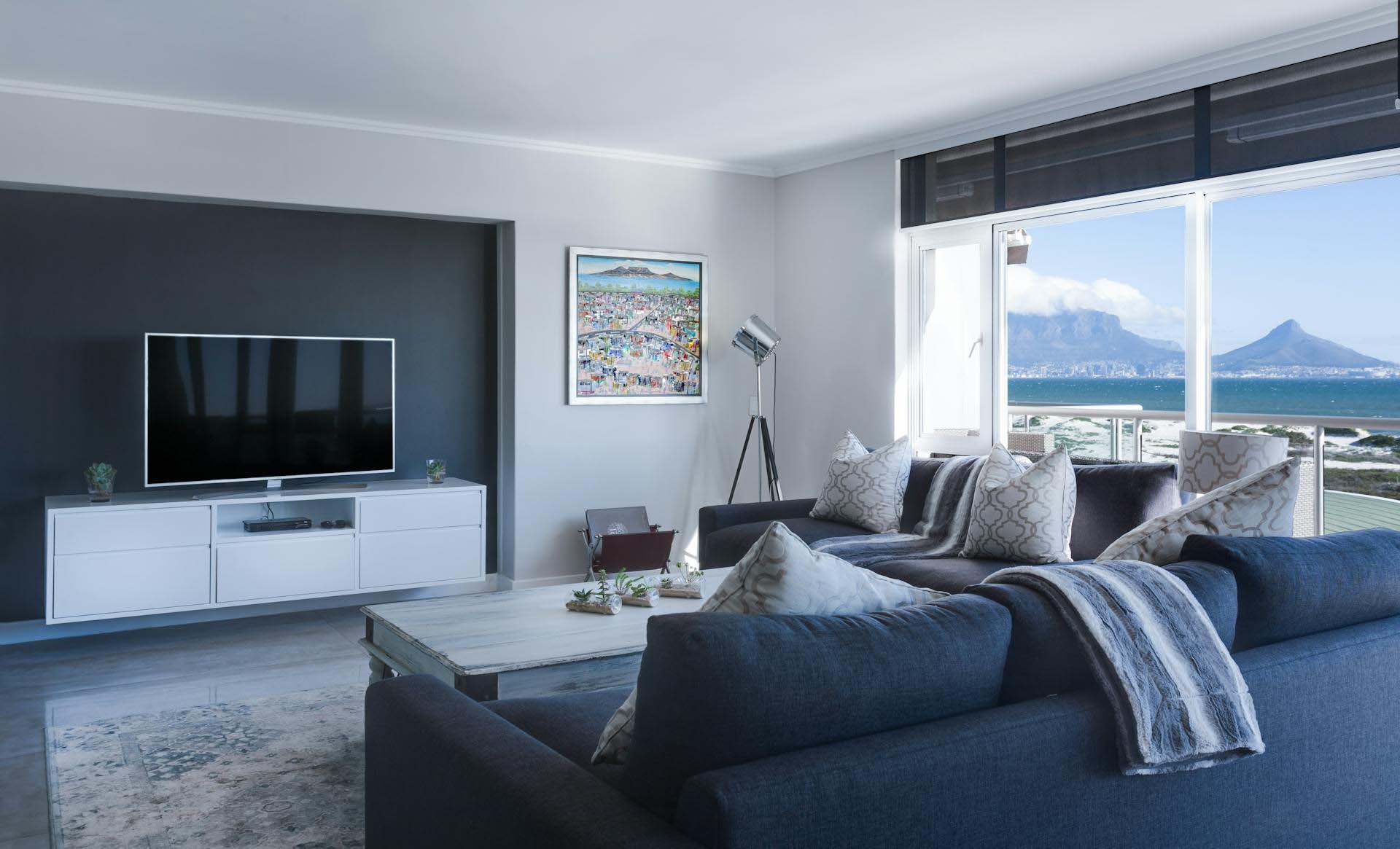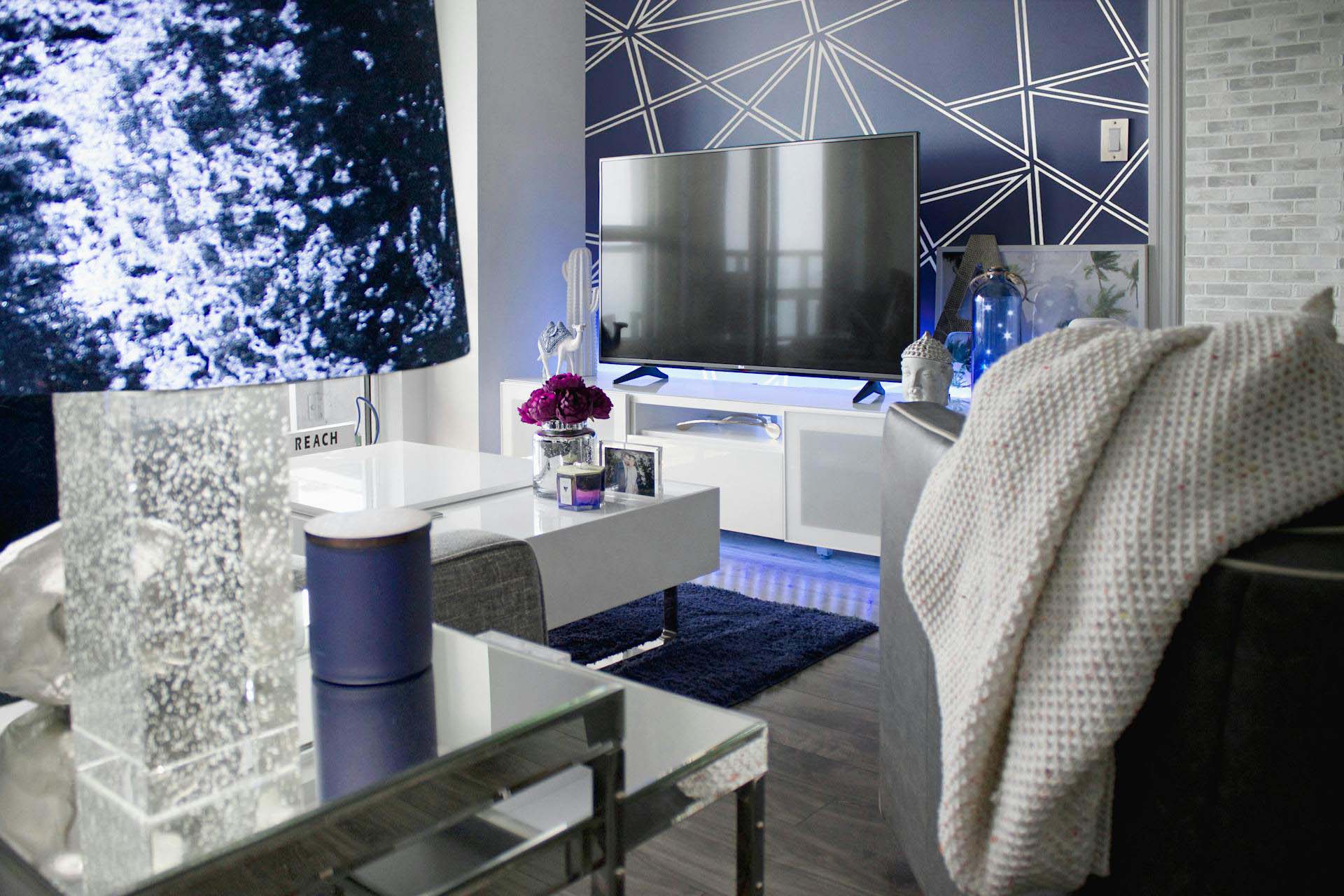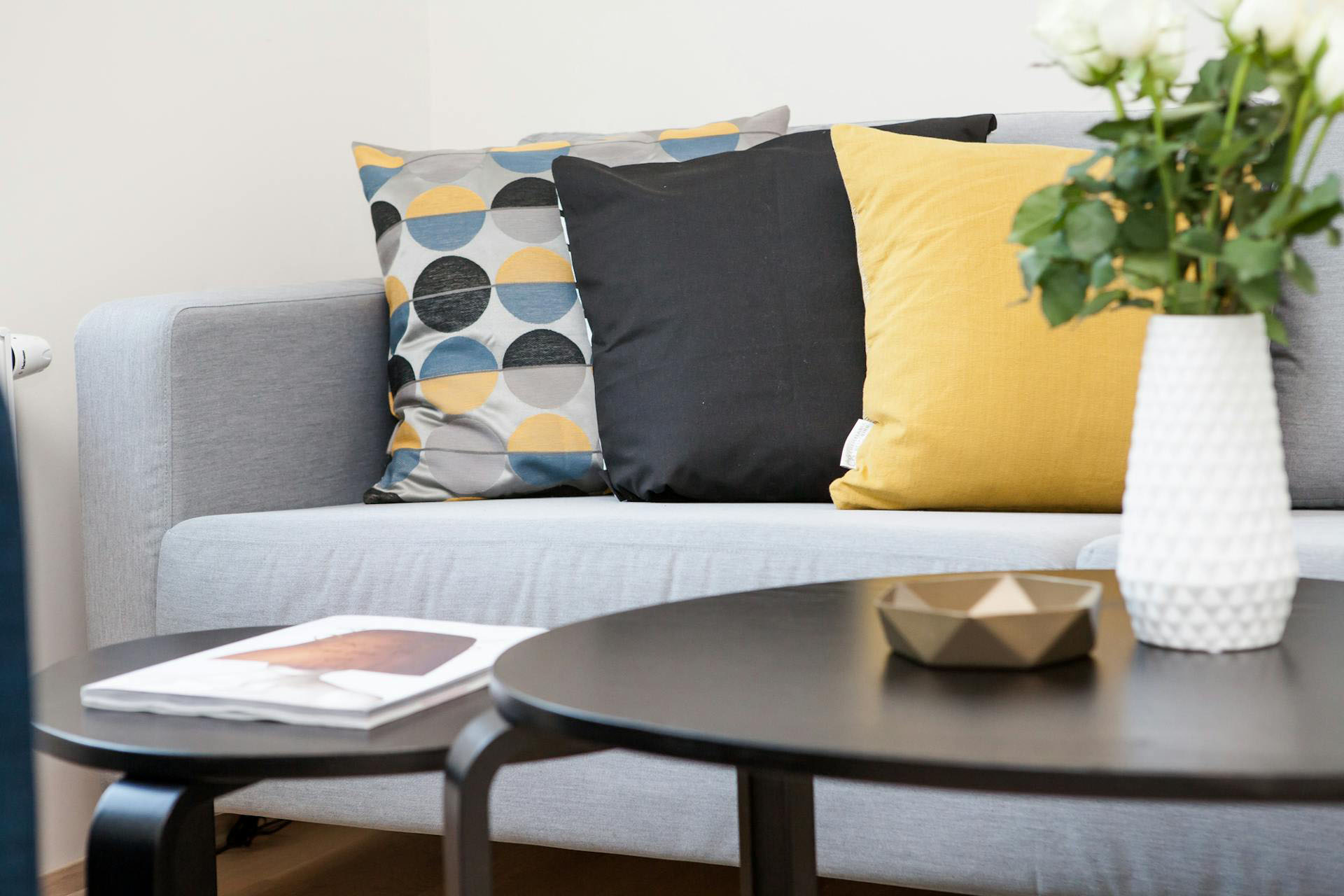In recent years, the concept of biophilic design has gained considerable attention in the architectural and design industries. Rooted in the idea that humans have an inherent connection to nature, biophilic design seeks to integrate natural elements into our built environments to promote well-being, productivity, and happiness. From green walls to natural lighting, biophilic principles are transforming modern spaces, offering a refreshing alternative to cold, artificial interiors. In this article, we’ll explore the rise of biophilic design and how architects are incorporating nature into their creations to enhance human health and comfort.
Understanding Biophilic Design
Biophilic design is inspired by the concept of “biophilia,” which suggests that humans possess an innate tendency to seek connections with nature and other forms of life. In today’s urbanized world, however, our connection to nature is often limited. Biophilic design bridges this gap by integrating natural elements, patterns, and forms into the built environment. This design approach has been shown to reduce stress, improve mood, and even boost cognitive function, making it highly popular in both residential and commercial architecture.
Key Elements Of Biophilic Design
Biophilic design can be implemented in various ways, from direct integration of natural elements to the use of textures and patterns that mimic natural forms. Some of the core elements include:
– Natural Lighting: Maximizing natural light through large windows, skylights, and open floor plans is fundamental to biophilic design. Natural light has been shown to regulate our circadian rhythms, improve mood, and increase productivity.
– Greenery And Plants: Introducing plants, green walls, and rooftop gardens brings the beauty of nature indoors. Indoor greenery not only enhances aesthetics but also improves indoor air quality and reduces stress levels.
– Water Features: The sight and sound of water can have a calming effect. Incorporating elements like indoor waterfalls, ponds, or fountains brings a sense of tranquility to indoor spaces.
– Natural Materials: Using materials like wood, stone, and bamboo creates a tactile connection to nature. These materials bring warmth to spaces and offer a sensory experience that synthetic materials often lack.
Health And Well-being Benefits
Studies show that exposure to natural elements can have positive effects on physical and mental health. Biophilic design has been linked to reduced stress, lower blood pressure, and enhanced mental clarity. In workplaces, biophilic elements have been found to increase focus, creativity, and productivity, making it an appealing approach for modern office design.
In residential spaces, biophilic design can create a sanctuary-like atmosphere, helping people feel more relaxed and connected to their surroundings. This design trend is particularly valuable in urban environments where access to nature may be limited.
Biophilic Design In Commercial Spaces
As biophilic design gains popularity, commercial spaces such as offices, hotels, and retail stores are increasingly adopting this approach. For instance, companies like Google and Amazon have integrated biophilic elements in their offices to foster employee well-being. From indoor gardens and plant walls to ample natural light, these workplaces are designed to promote a sense of calm and enhance focus.
Hotels, too, are embracing biophilic design by creating lobbies filled with greenery, using natural materials in guest rooms, and offering spaces that feel connected to the outdoors. Retail spaces are integrating biophilic principles to create inviting environments that attract customers and enhance the shopping experience.
Challenges And Considerations
Despite its benefits, implementing biophilic design can be challenging. Not every building has access to natural light, and maintaining live plants and water features can require additional resources. Architects and designers must creatively adapt these elements to suit the limitations of each project while still adhering to biophilic principles.
For example, in areas where live plants may not thrive, high-quality artificial plants can mimic the look and feel of greenery without the need for maintenance. Likewise, using eco-friendly lighting that mimics natural light or incorporating textures that resemble natural materials can achieve a similar effect.
Bringing It All Together
The rise of biophilic design reflects a growing recognition of the importance of nature in our lives. By bringing elements of the natural world into our built environments, architects and designers are creating spaces that are not only beautiful but also beneficial to our well-being. As this trend continues to evolve, biophilic design promises to reshape how we think about the connection between architecture and nature, offering solutions that enhance both human health and environmental sustainability.




